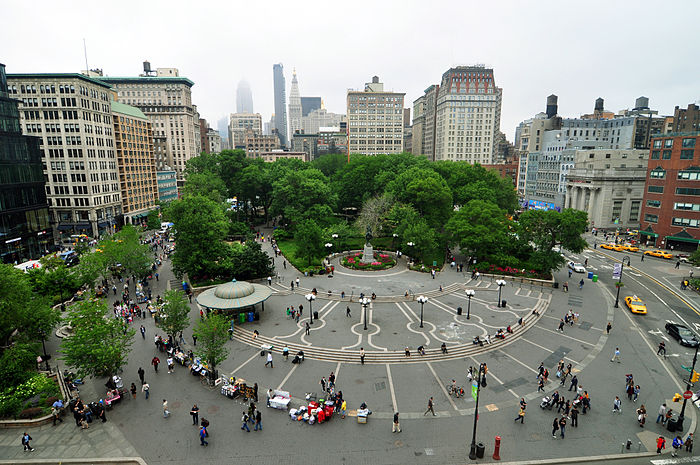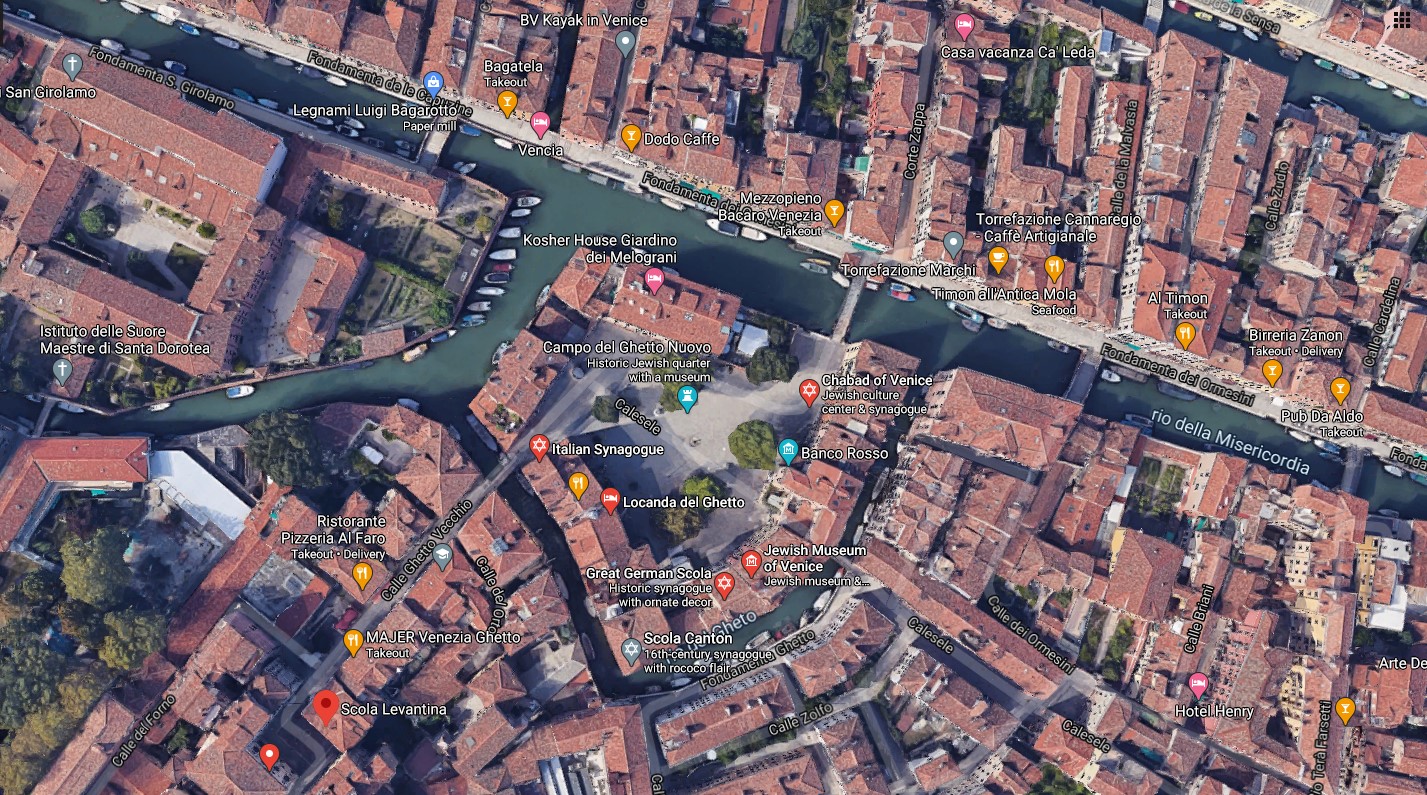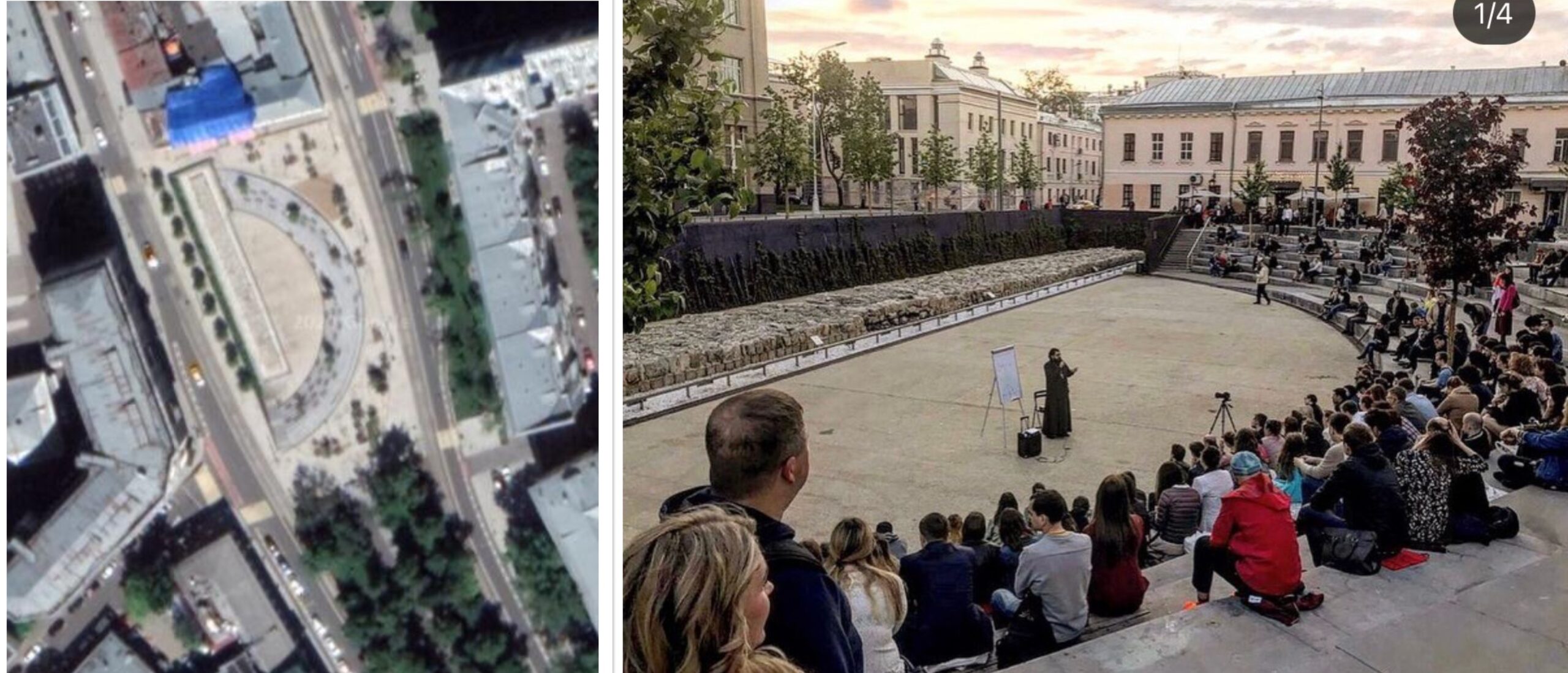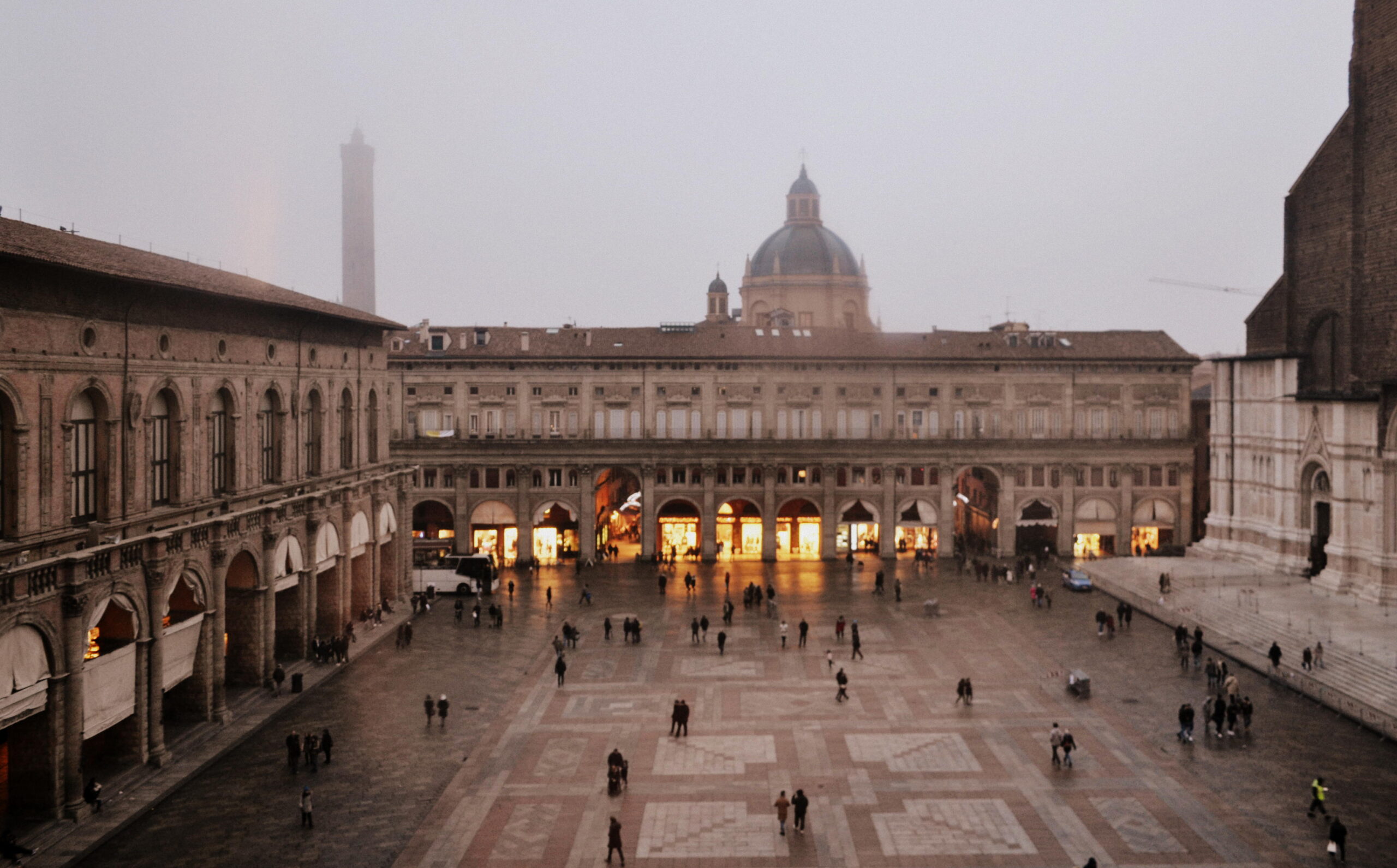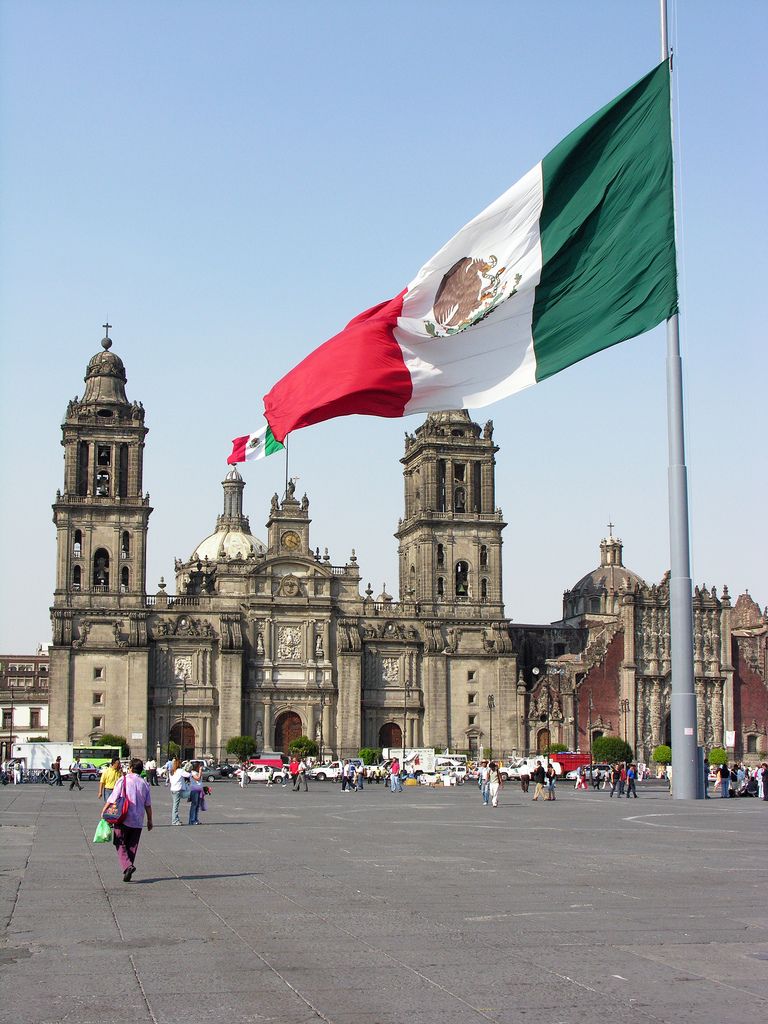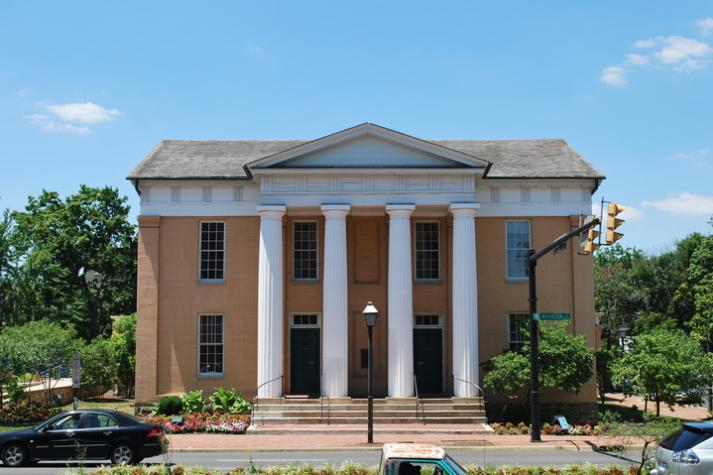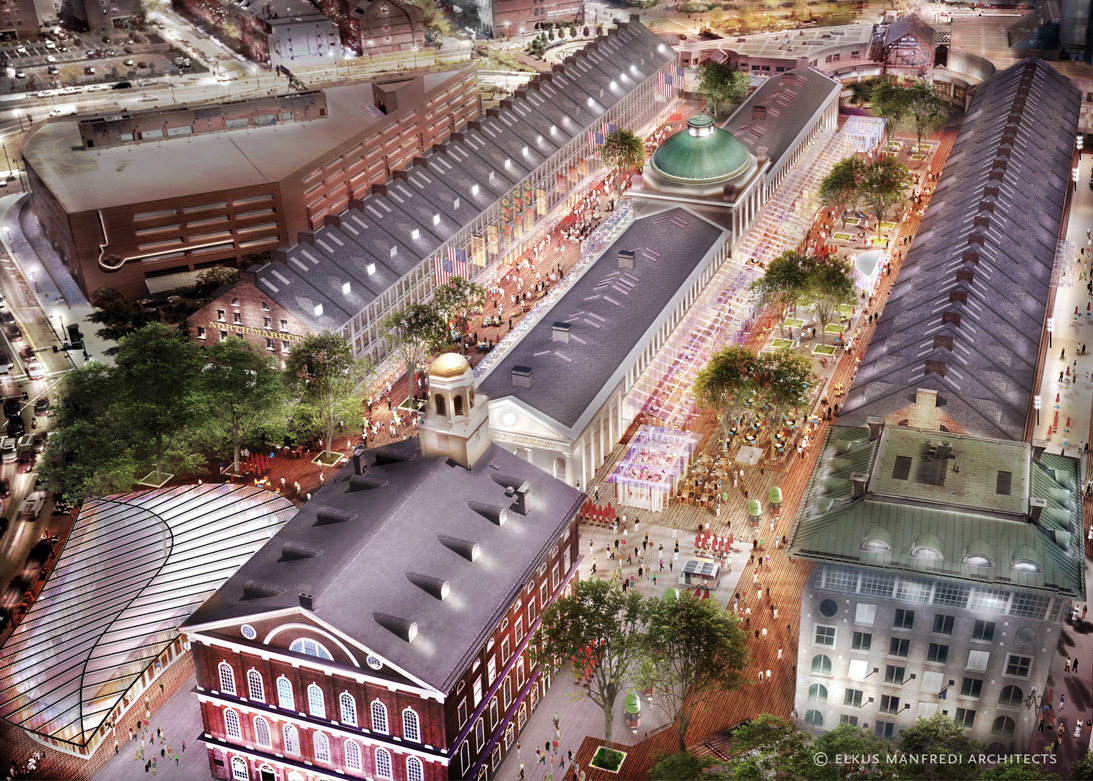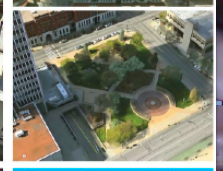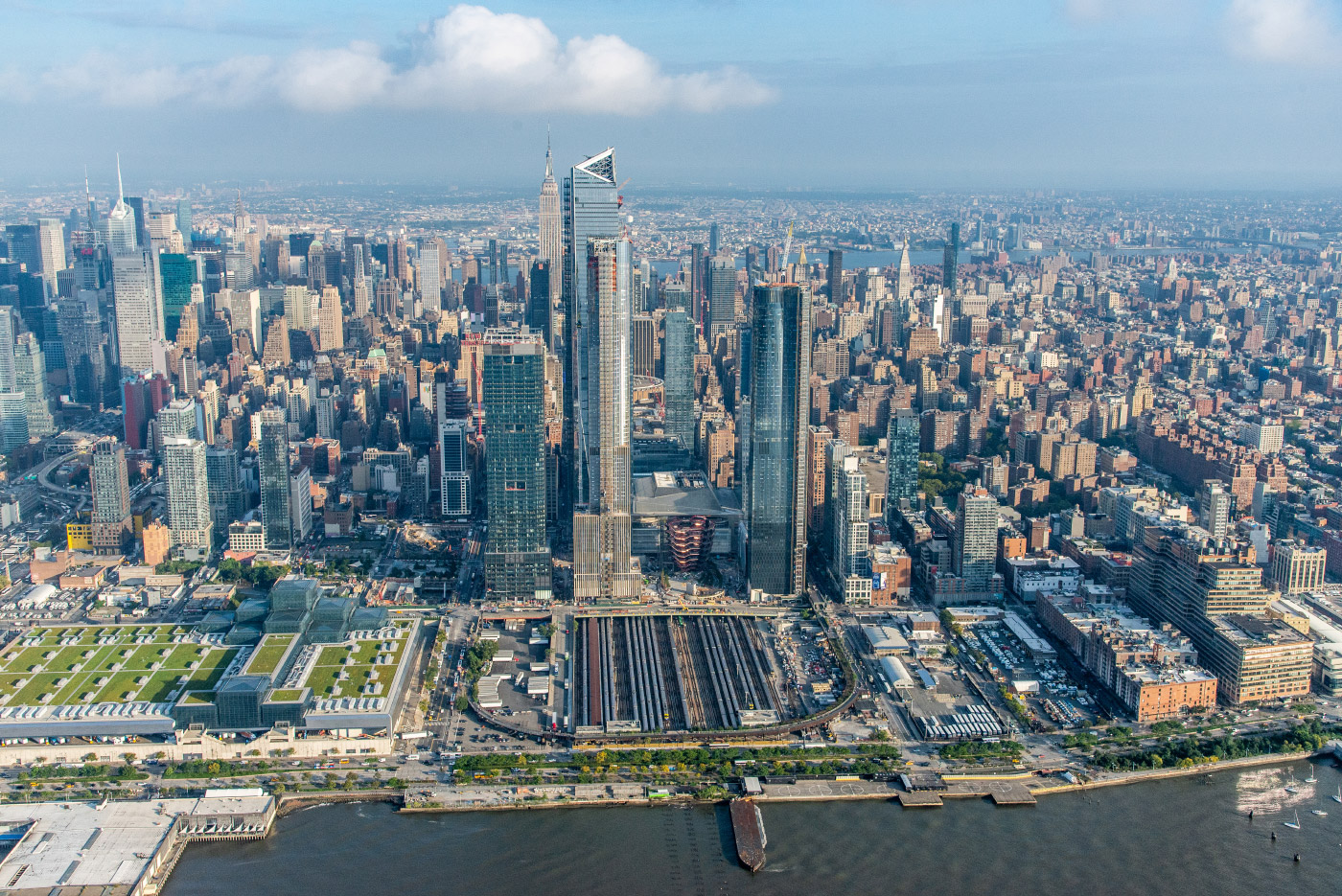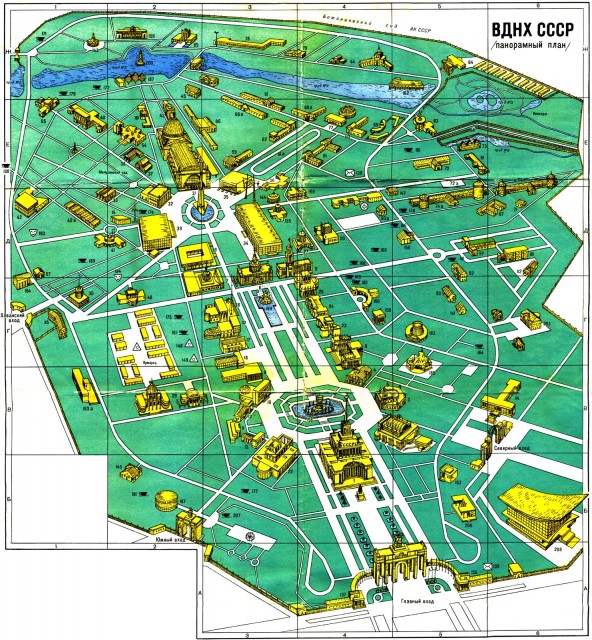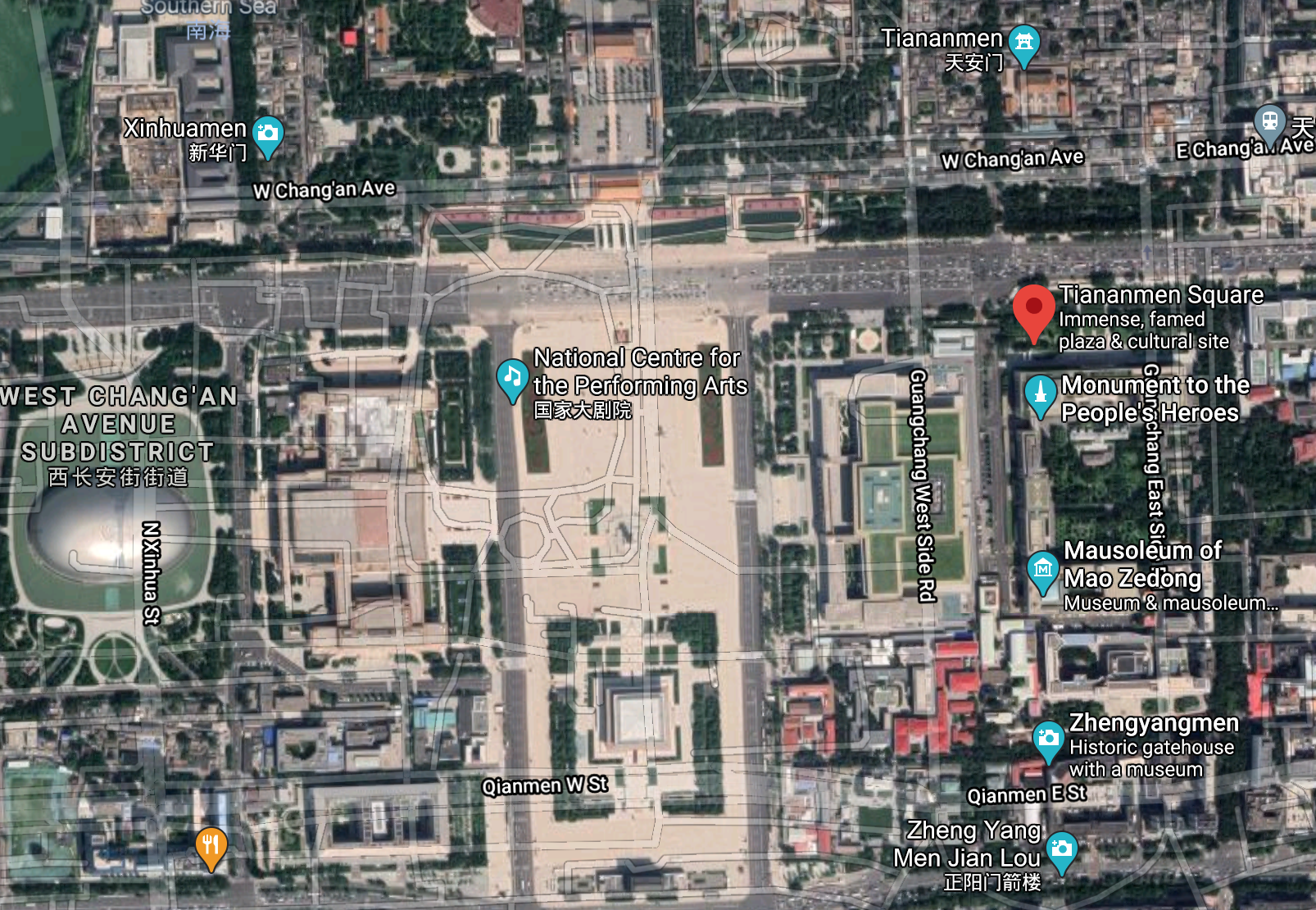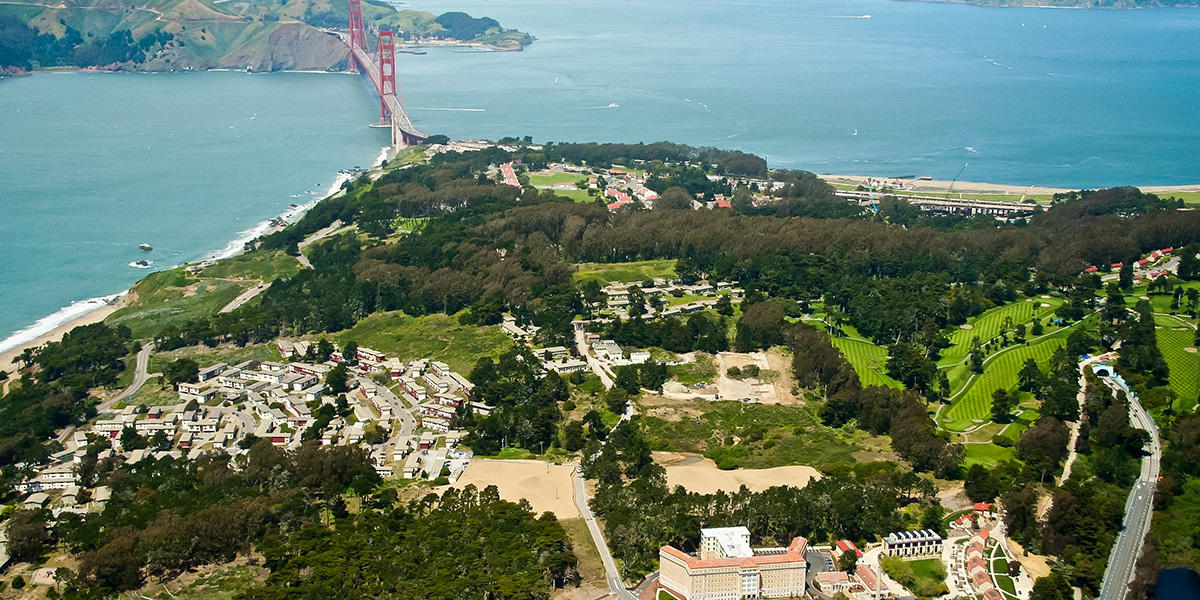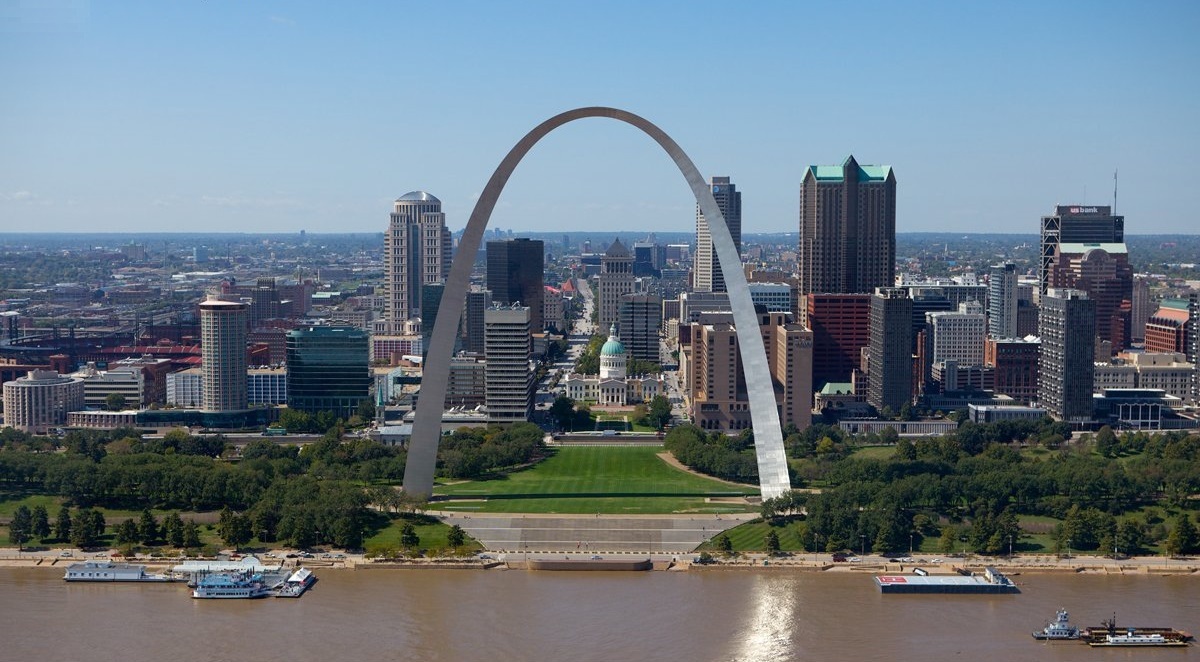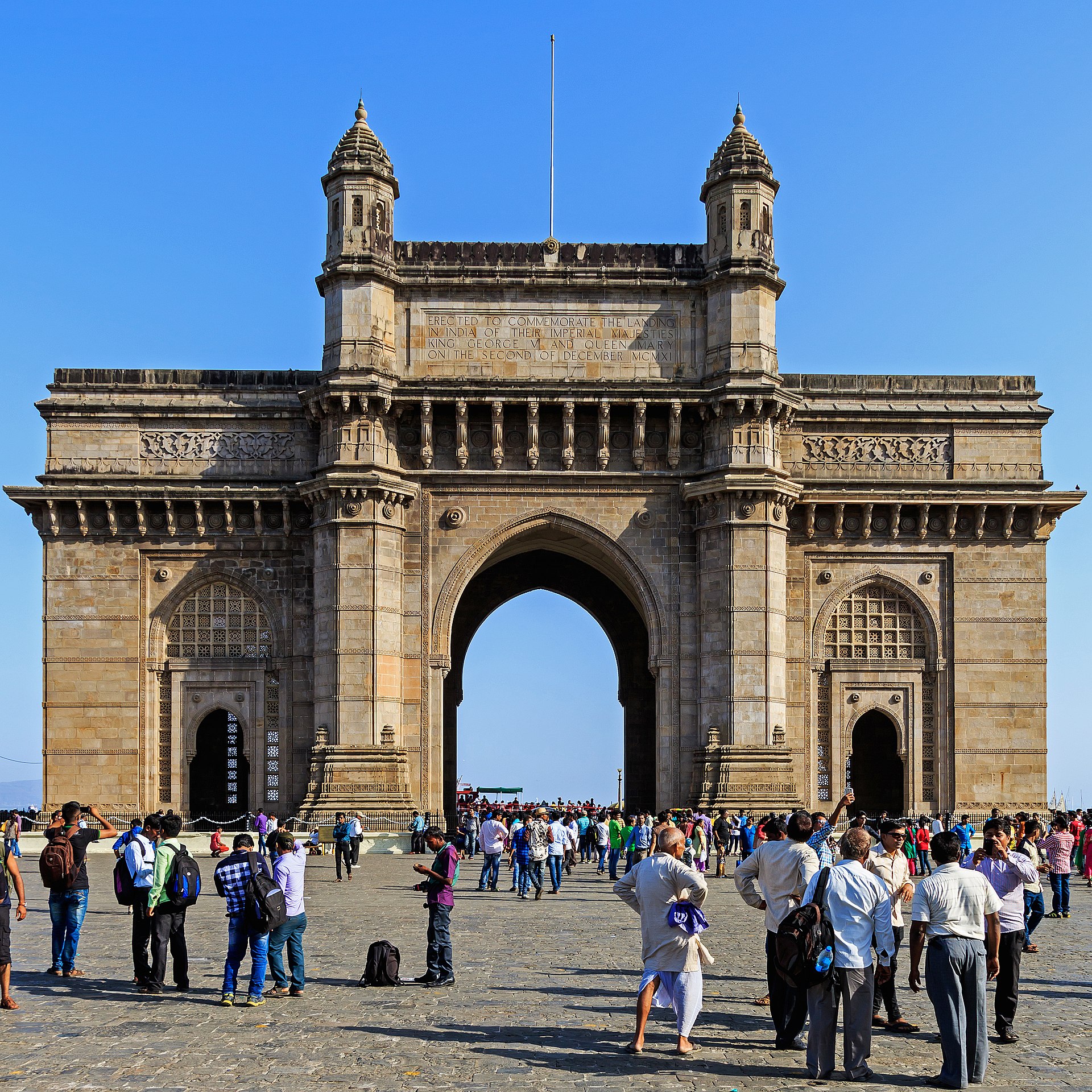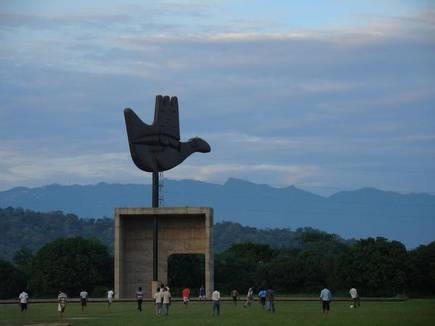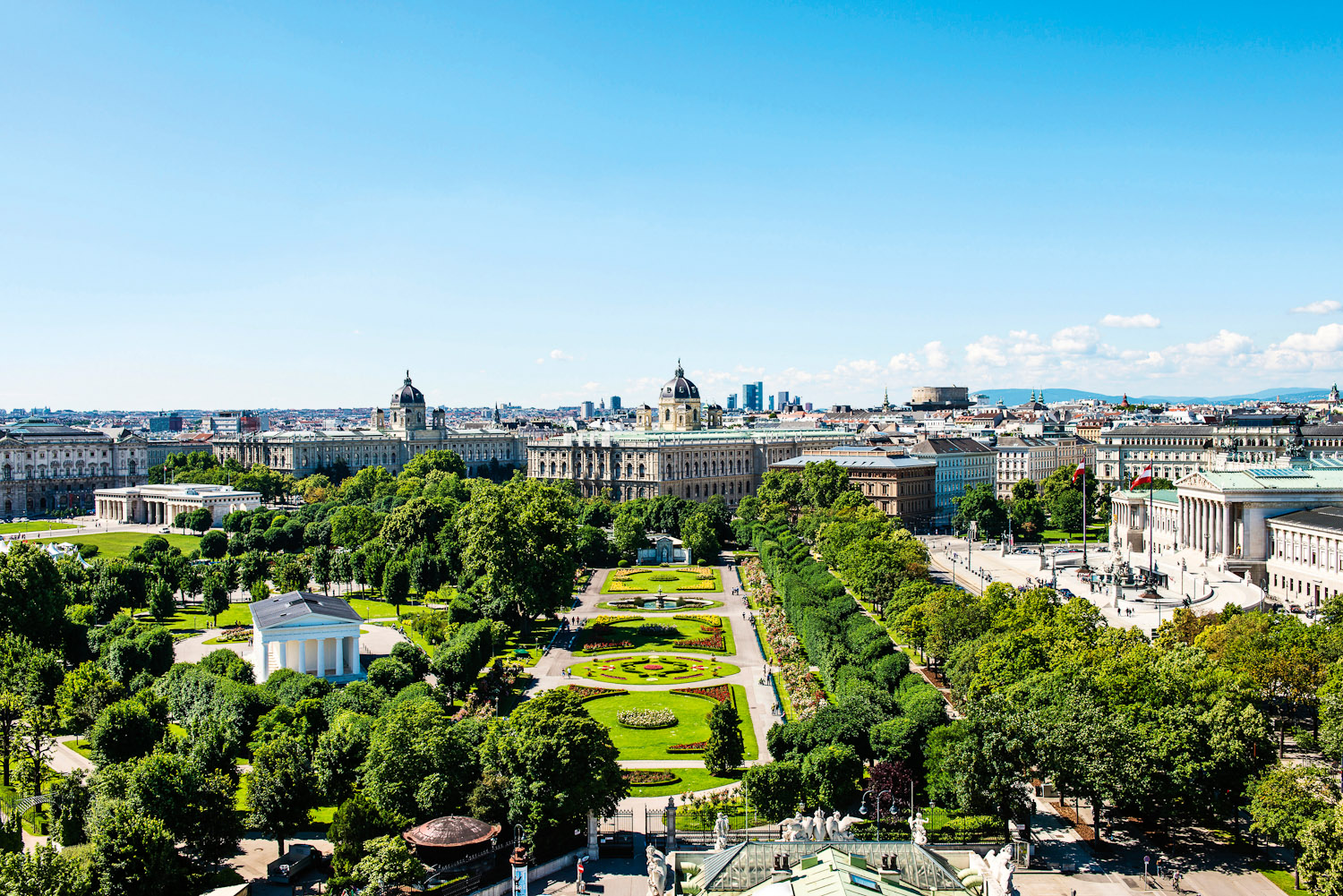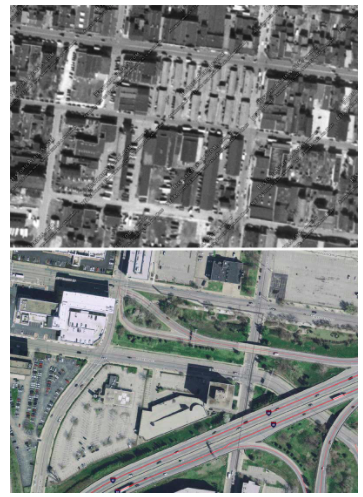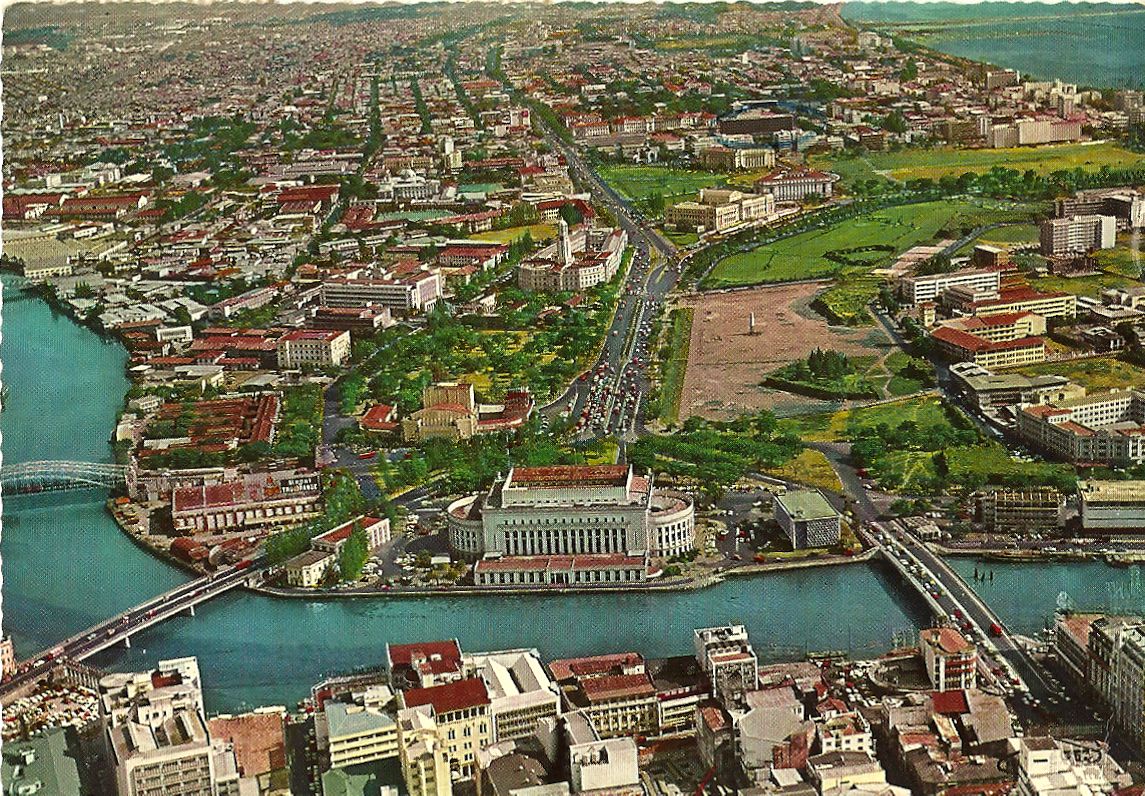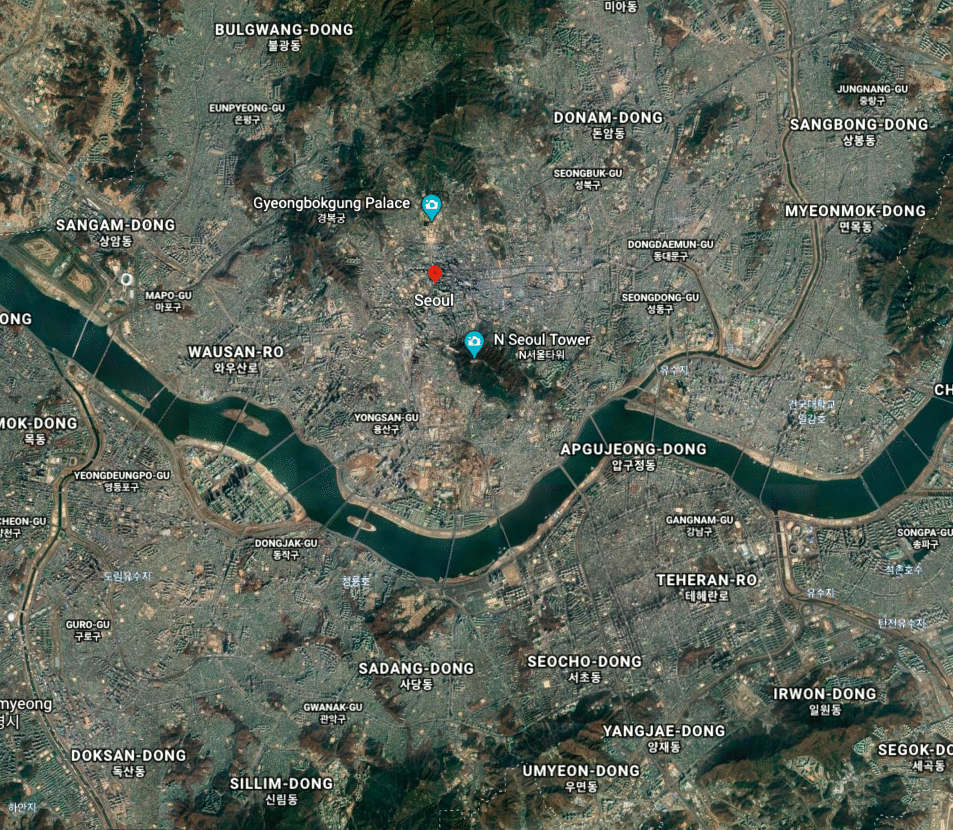Union Square Park, New York City
Union Square Park in New York City was built in 1839 and has served for nearly two centuries as a gathering place for the residents of downtown Manhattan. The form of Union Square is such that it can be used for many different purposes— for commerce, for entertainment, for political events/rallies, and for recreational uses. The park is intersected by many paths that are bordered by pockets of green, vegetated areas— a style that was inspired by London’s residential squares. The design of the park emphasizes its oval shape with a walkway circumnavigating the park, and a large statue within its center. As downtown New York has evolved, Union Square Park has served and existed for its community. While it has undergone many changes over the course of its history, Union Square has become an integral aspect of the culture of New York— the grounds of which have frequently been used as a focal point for protests, political rallies/events, public meetings, and rap battles. While it is often criticized for attracting a large homeless population— in many ways, this only further serves to demonstrate how the Park exists to serve the wide range of cultures, ethnicities, and socioeconomic backgrounds of New York City.
